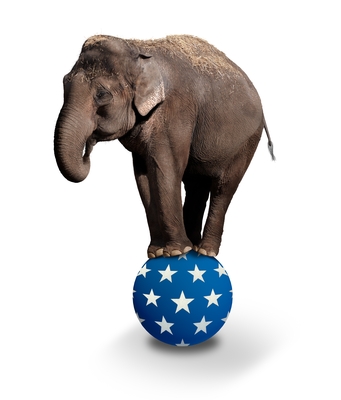
Recent statistics caught us up:
- · Boomers buy two times as much online as young adults
- · They’ll control 70 percent of U.S. disposable income by 2017
- · And those over 50 years old buy nearly five times as many new cars than the coveted 18 to 34-year demographic.
Yet why do many of us dye gray hairs, fib about our age, and delete graduation dates from resumes? And why do so many advertisers and communicators ignore us or play down to us (cf. Beatrice of the eSurance spot)?
The unwritten, unspoken answer – and one we’ve intuited before: America’s all about the youth culture, the supposed trend-setters. They’re the courted ones (before age 49, that is), those who will influence for years to come.
Sheer numbers, though, count. Which is why AARP, Intel, and Walmart teamed up to offer a ready-to-go, 24/7 customer service-centered tablet, available this month. Which is why the discipline of knowledge management, capturing workers’ wisdom and intelligence, is one of the hottest offerings from professional services firms. Which is why an Oprah Winfrey and a Diane von Furstenberg still draw huge crowds, young and old, on the public circuit.
We won’t belabor the point, except to ask: Are all your communications relevant to all your audiences?



